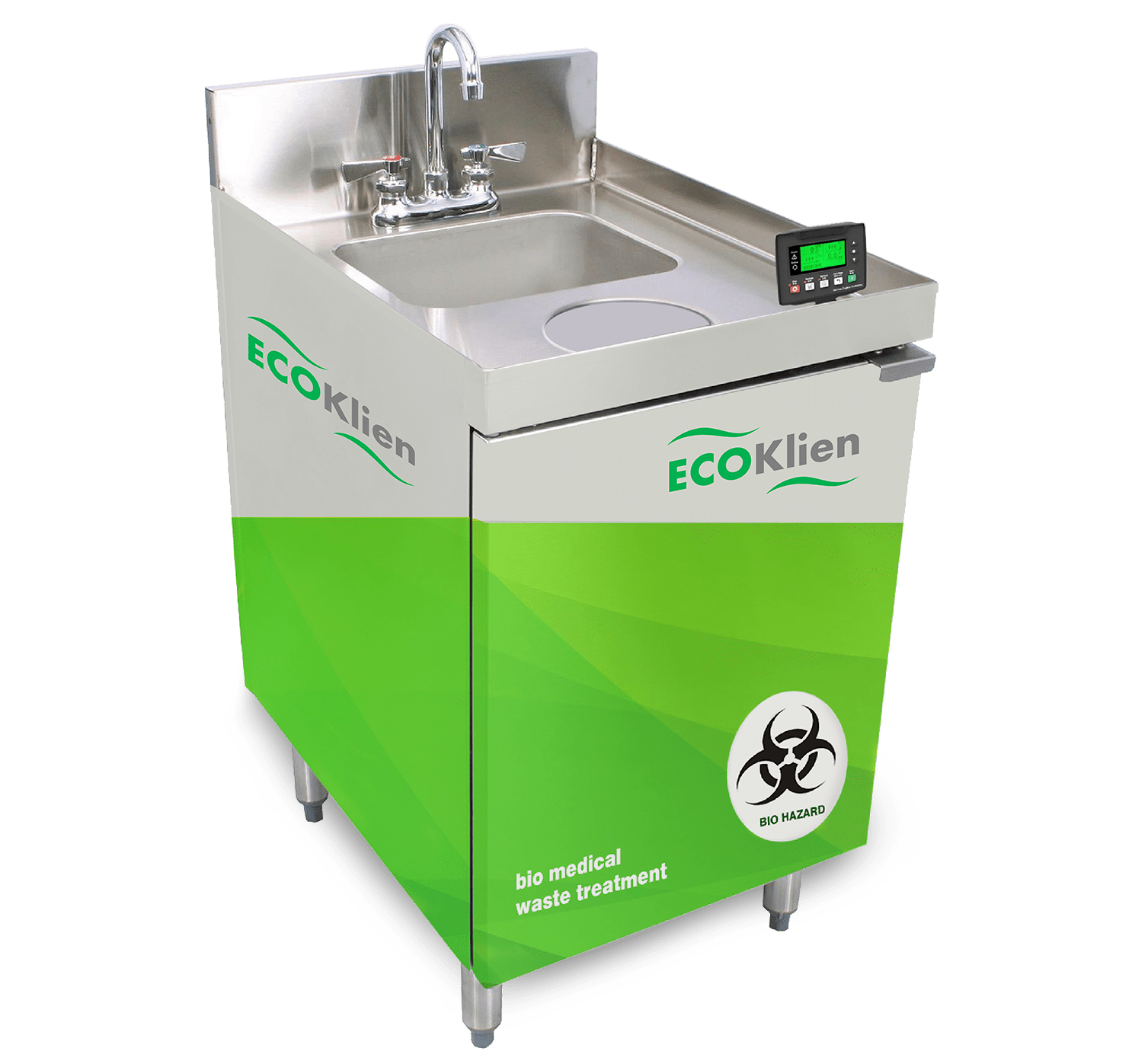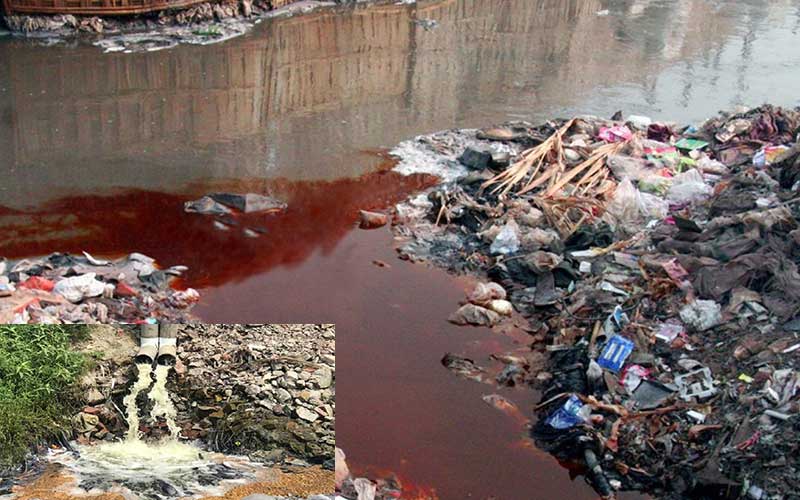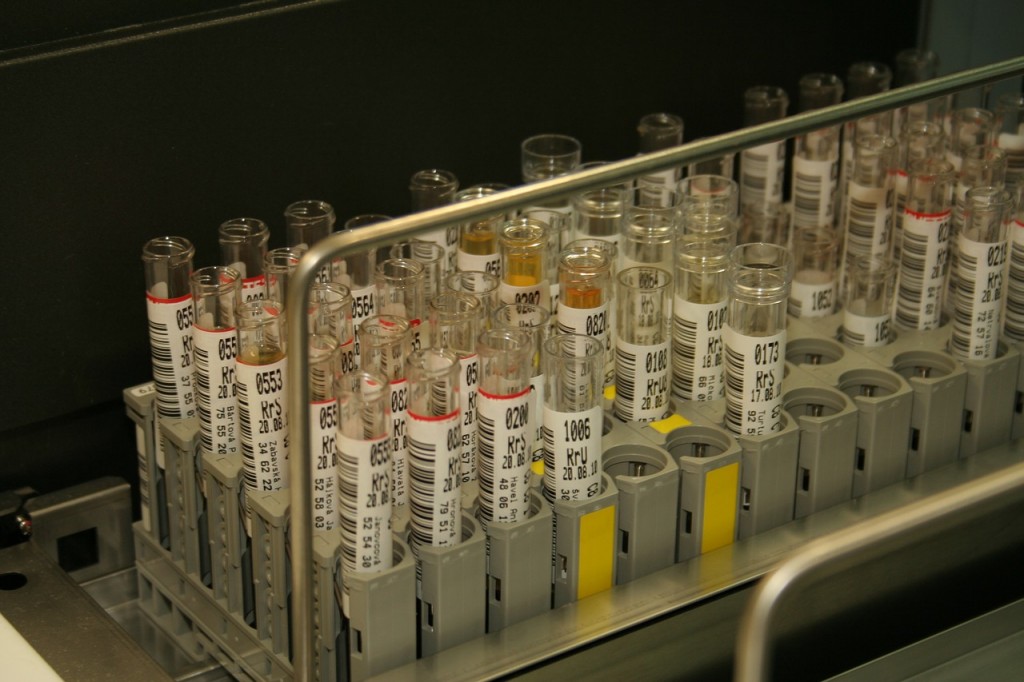Expert Liquid Waste Removal Melbourne: Maintaining Your Atmosphere Clean
Expert Liquid Waste Removal Melbourne: Maintaining Your Atmosphere Clean
Blog Article
Just How Fluid Waste Disposal Works: An In-depth Review of Techniques and Technologies Employed

Summary of Liquid Waste Kind
The complexity of liquid waste kinds demands a comprehensive understanding of their attributes and implications for disposal. Liquid waste can extensively be classified right into numerous kinds, including industrial, municipal, agricultural, and contaminated materials. Each category displays distinct properties, calling for specific monitoring techniques to reduce environmental and health and wellness risks.
Industrial liquid waste stems from manufacturing procedures and usually has a variety of impurities, such as heavy steels, solvents, and natural substances. Metropolitan fluid waste, largely consisting of wastewater from households and commercial establishments, consists of organic matter, nutrients, and pathogens (industrial wastewater treatment). Agricultural fluid waste, including drainage from farms, may contain plant foods, pesticides, and pet waste, positioning threats to water quality and ecological communities
Harmful fluid waste is identified by its toxicity, reactivity, or possible to cause damage. This group includes substances like acids, bases, and particular chemicals that demand rigid handling and disposal procedures. Comprehending these diverse liquid waste kinds is crucial for creating reliable disposal approaches and ensuring compliance with environmental guidelines. Proper classification and characterization are vital for applying proper therapy strategies and lessening the damaging influences on public wellness and the setting.
Physical Treatment Methods

Testing is the initial action, where bigger fragments and debris are gotten rid of from the fluid waste utilizing displays or grates. This process shields downstream equipment from damage and makes certain smoother operation. Adhering to testing, sedimentation makes use of gravitational pressure to separate solids from liquids. In sedimentation containers, heavier fragments resolve at the base, creating a sludge layer, while the made clear liquid can be further treated.
Filtering is another important approach that includes passing the liquid with permeable materials, such as sand or membranes, to record smaller bits. This action enhances the quality of the fluid, making it ideal for succeeding treatment processes.

Chemical Therapy Techniques
Chemical treatment methods are vital for effectively taking care of fluid waste, particularly in addressing liquified and colloidal pollutants that physical approaches might not appropriately get rid of. These techniques utilize various chemical agents to reduce the effects of, speed up, or change hazardous substances right into much less damaging types.
One typical approach is coagulation and flocculation, where chemicals such as alum or ferric chloride are contributed find this to promote the aggregation of put on hold bits. This process improves sedimentation, permitting for easier elimination of the resulting sludge. Furthermore, oxidation processes, utilizing representatives like chlorine or ozone, are used to break down complex organic compounds and microorganisms, providing the waste more secure for discharge or more therapy.
Neutralization is one more vital method, which changes the pH of acidic or alkaline waste streams to neutral degrees, protecting against possible damage to downstream systems and the environment. redirected here Additionally, progressed oxidation procedures (AOPs) utilize mixes of oxidants and ultraviolet light to break down relentless contaminants, accomplishing a greater degree of therapy efficiency.
Biological Treatment Procedures
Biological therapy procedures play a crucial duty in the administration of fluid waste by using microbes to decay organic issue and minimize contaminant degrees. These procedures can be generally categorized into aerobic and anaerobic therapies, each using details microbial communities to accomplish efficient waste deterioration.
Aerobic therapy entails making use of oxygen to help with the malfunction of natural materials by microorganisms. This process is typically implemented in triggered sludge systems, where aeration storage tanks provide a favorable environment for microbial growth, resulting in the oxidation of organic pollutants. The resultant biomass can be separated from treated effluent through sedimentation.
On the other hand, anaerobic treatment happens in the absence of oxygen, relying upon different germs to damage down raw material. This approach is specifically helpful for high-strength waste, as it generates biogas, an eco-friendly power source, while minimizing sludge manufacturing. Technologies such as anaerobic digesters are regularly used in commercial and local applications.
Both anaerobic and aerobic biological treatments not only minimize the ecological effect of liquid waste however also facilitate resource healing, making them vital parts of lasting waste management techniques. Their adaptability, effectiveness, and performance support their extensive implementation across numerous industries.
Arising Technologies in Disposal
Cutting-edge techniques to liquid garbage disposal are swiftly developing, driven by advancements in technology and an enhancing focus on sustainability. Among these emerging technologies, membrane layer bioreactors (MBRs) have gained grip for their ability to combine organic therapy with membrane filtration, causing high-grade effluent that can be recycled in numerous applications. MBRs allow smaller sized impacts and a lot more reliable operations my latest blog post compared to conventional systems.
One more promising development is making use of anaerobic digestion integrated with nutrient recuperation innovations, which not only deals with fluid waste yet additionally generates biogas and recuperates valuable nutrients like nitrogen and phosphorus. This dual advantage improves resource efficiency and minimizes ecological influence.
In addition, advanced oxidation procedures (AOPs) are being taken on for the degradation of intricate natural toxins. These approaches utilize effective oxidants and drivers to damage down impurities at the molecular level, providing a highly efficient service for tough waste streams.
Moreover, the assimilation of synthetic intelligence and artificial intelligence in waste management systems is enhancing operational performance and predictive upkeep, leading to reduced prices and enhanced environmental compliance. These innovations mirror a considerable change in the direction of more sustainable and efficient liquid garbage disposal techniques.
Conclusion
To conclude, reliable fluid garbage disposal requires a detailed understanding of numerous techniques and technologies. The combination of physical, chemical, and biological therapy techniques ensures the efficient monitoring of varied waste kinds. Moreover, the introduction of innovative innovations improves therapy effectiveness and advertises sustainability in waste management techniques. By constantly progressing these techniques, it ends up being feasible to resolve the growing obstacles connected with fluid waste, ultimately adding to environmental defense and source healing.
Liquid waste disposal is a crucial facet of ecological administration, calling for a thorough understanding of various techniques and innovations tailored to various waste types. Fluid waste can extensively be classified right into a number of kinds, including commercial, metropolitan, agricultural, and unsafe waste. Agricultural liquid waste, including runoff from ranches, may contain fertilizers, pesticides, and animal waste, presenting dangers to water quality and environments.
Different physical therapy methods play a critical role in taking care of liquid waste successfully - industrial wastewater treatment.In final thought, reliable liquid waste disposal necessitates an extensive understanding of various strategies and innovations
Report this page